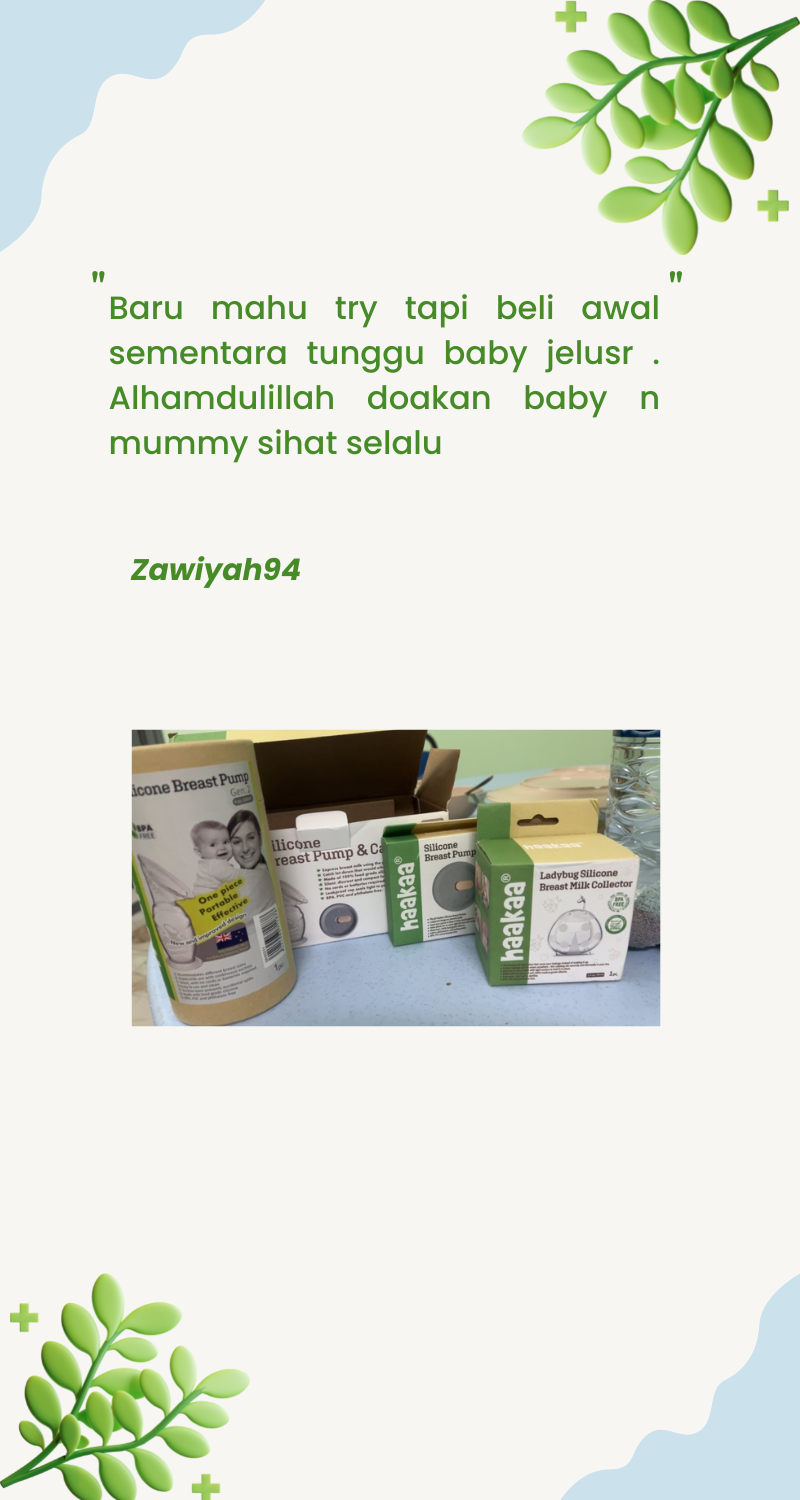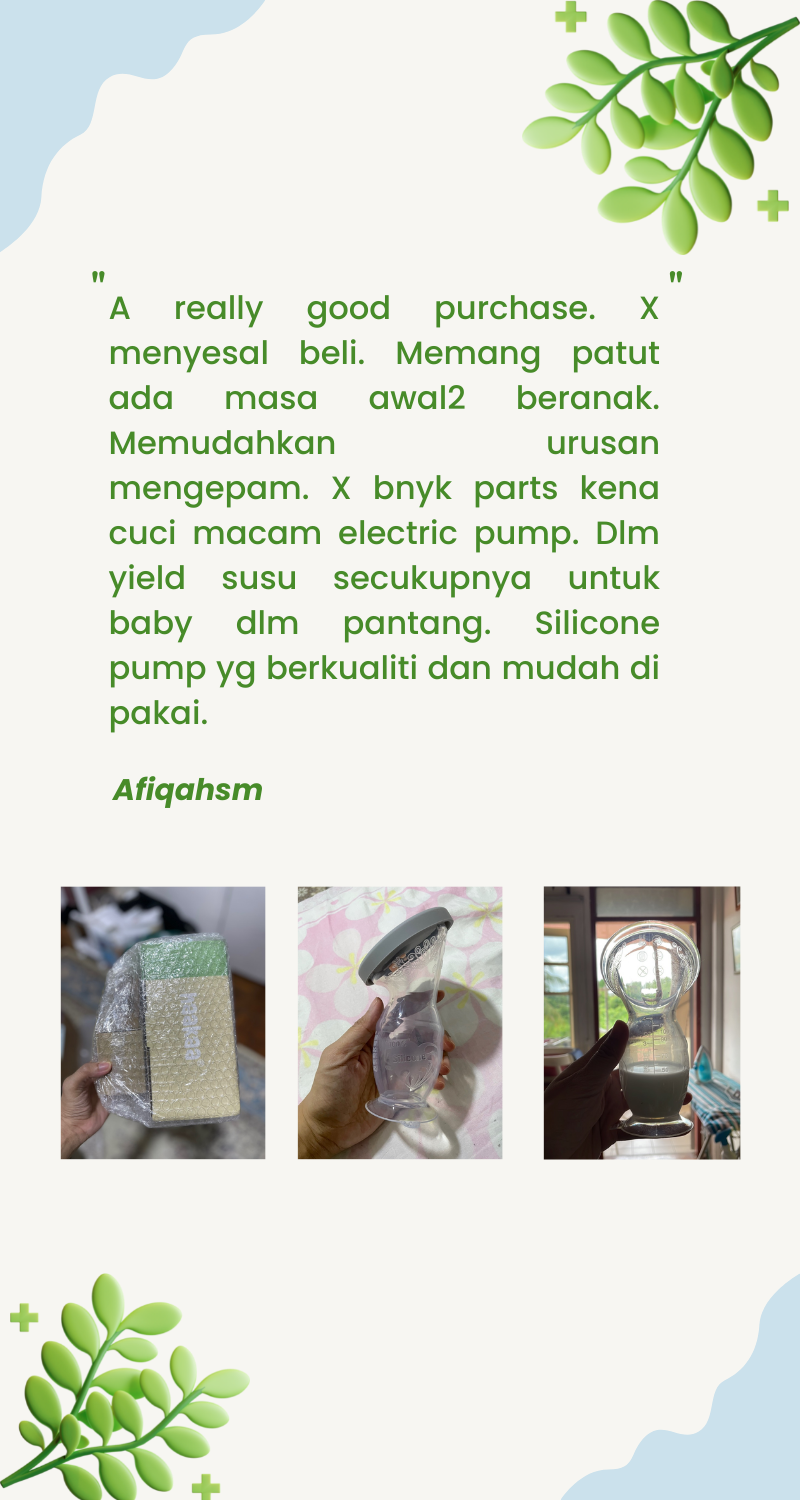
This blog is written by Aliza Carr from Bumpnbub.
Fetal position, or the way your baby is positioned in your uterus and pelvis, can impact how your labour progresses. You may hear your healthcare provider mention the "presentation" of your baby, which is the part of the baby that enters the pelvis first (generally the head), known as cephalic presentation. The most "ideal position" is when baby's head is down in an anterior position, which means their body is lying against your stomach and their head is flexed, facing your back. This means the smallest diameter of their head applies pressure on your cervix and leads the way through the birth canal. Your baby can still be born in many other positions, including a posterior position (their back against your spine), but it may mean labour might be longer as there is uneven pressure on the cervix. Mums with posterior babies may also experience increased back pain.

Optimal fetal positioning describes how mamas can help their baby adopt the best position for a safe and straightforward birth. During birth, your baby will descend and rotate through your pelvis, and the baby's position will influence how easy the descent and rotation will be. Sometimes you cannot change how your baby is positioned, but there are movements you can do at the end of pregnancy and in labour to increase the likelihood of your baby adopting a more ideal position.
Why Babies May Not Be In A Good Birthing Position
Our lifestyle does affect how you carry your baby and the likelihood of them getting into an ideal position by the end of pregnancy. In this day and age, a lot of people work sitting down and are not active after work, which is one reason baby may not be encouraged to get in an ideal position. Laying down during labour, which can be common during induction and with an epidural, is another reason why some babies don't always assume a good position in your pelvis. Positions to avoid also include slouching in recliners or couches, laying on your back or in any position where your knees are higher than your pelvis.
Ways To Help Get Baby Into A Good Position In Late Pregnancy
Changing your posture and position in the last six weeks of your pregnancy is encouraged to alter your baby's position and help get them in an optimal position. Positions that are encouraged are those leaning forward or having your knees below your pelvis, which can be achieved by sitting with a pillow under your bottom. Keep in mind that your baby's back is the heaviest part of their body; therefore, their back will naturally move to the lowest part of your abdomen, which is why forward-leaning positions are encouraged in the last few weeks of pregnancy for your baby to adapt an anterior position. When you are doing simple things like reading a book or watching TV, instead of slouching down on the couch, try a more upright position or one described below.
Positions to use at the end of pregnancy:
- Sitting upright and tilting your upper body forward which you can do by sitting on a chair backwards or leaning over furniture.
- Lying on your side on the couch.
- Sitting and bouncing on a birth ball is a great alternative to a chair.
- Walking and curb walking.
- Squats and lunges.
- Stair climbs or walking sideways upstairs.
- Swimming and yoga are great exercises in late pregnancy.
- On all-fours or pelvic rocking (moving from side to side on all-fours)

Different Positions During Labour To Help Get Baby Ready For Birth
In early and active labour, moving positions regularly will help your baby adopt that optimal position for birth. Strong, regular contractions also encourage bub to rotate and descend into a good position. Any positions described above can still be used, especially while you are at home in early labour. You can also try any of the below positions while in the shower or bath. Even with an epidural, your midwife will help you to move frequently in the bed.
Some positions below may be suggested by your midwife in the hospital and are great to use at any time in labour:
- Standing and rocking your hips in a circular motion.
- Squatting with a straight back with contractions or in between.
- All-fours or kneeling leaning over a birth ball.
- Sitting on a birth ball in a supported squat position.
- Forward-leaning inversion, which is a technique described by Spinning Babies. It is thought this position makes more room in the lower uterus for your baby and helps untwist any tight ligaments, helping back pain, hip pain and improving fetal positioning.
- Birth stools are great to sit on to open your pelvis up.
- Stair climb during labour rocking side to side, even stopping with one leg elevated on the stairs like an extended lunge.
- If you have an epidural, lying on your side with a peanut pillow between your legs.

You can always ask your midwife or healthcare provider for their suggestions on what might work best for you and your baby.
This blog is general advice only and does not replace the need for medical advice. For any questions or concerns, contact your healthcare provider.







